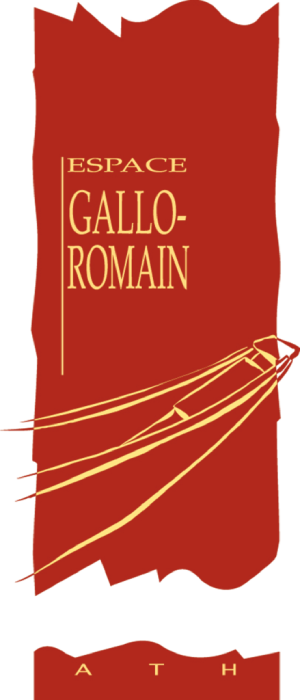
The vicus of Pommeroeul is located along a Roman road that connects Bavay, the capital of the Land of the Nervii (Civitas Nerviorum), with Velzeke, a Gallo-Roman agglomeration.
The territory is crossed by a road network with three types of roads: main roads (viae publicae or militares), secondary or local roads and private roads or privatae.
The construction of these roads is the result of the political program of the first Roman emperor Augustus (27 ACN – 14 PCN). The latter decides to organise the territories conquered by Julius Caesar between 57 and 21 ACN. To this end, parts of Gallic paths are being modernised and new roads are being built.
The roads: instruments of Imperial Policy
Roads are essential, providing administrative and strategic connections between major cities. They support the economic and social dynamics of the Civitas by connecting the main axes with waterways, private property and the isolated countryside.
The roads: a specific and elaborate architecture
Road construction follows a number of basic principles. The work created must be resistant to moisture and wear, as well as being fast and safe. To comply with this, the Romans developed a typical scheme: domed profile, side ditch(es), superimposition of several layers of material.
1. Leveling the base soil
2. Soil layer: clay, sand, gravel covered with stones.
3. Top layer: stone or gravel (in Rome the road surface consists of beautiful tiles)
4. Wear layer: fine materials (the purpose is to soften the roughness)

Commentaires récents